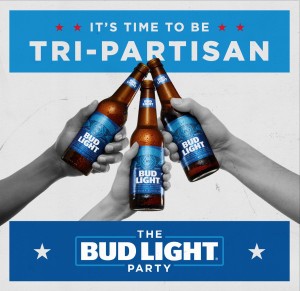What Does Smart Growth Mean?
San Francisco’s Union Square. Photo: San Francisco Playhouse
Pedestrian Pete recently received this Tweet: “Six decades of building for cars, instead of for people, has profoundly changed us.”
Of course, change can go both ways, but Ryan Gravel, who was behind the Twitter message, is talking about the ill effects of the car culture. It tends to divide us, separating us into smaller enclaves and isolating us. Could this be one of the by-products leading to Trumpism? Good question.
But hold your horses! The ravages of the car-only culture appear to be reversing themselves, at least says a recent study by Smart Growth America, a national quality of life organization, saying that “the end of sprawl is in sight.” The marketplace has started to respond in a big way to people’s longing to be part of a nurturing community with a real sense of place. It is a place where diverse folks live and work and enjoy communal life, mostly outdoors, on the street or in neighborhood restaurants and cafés. It is an urban community with shared values and aspirations. Most are served by rapid transit and walking and bike trails, where you can choose to own one less car or none at all! It’s where you can enjoy an expanding coterie of new friends and share conversation with interesting strangers. It’s about “walkable urban places” or WalkUPs. That’s what smart growth is all about!
Of course, the flip side is dumb growth, mainly in the limiting suburban monoculture, where people are isolated in their gated developments and have to drive everywhere. Here is Pedestrian Pete’s summary of the Smart Growth report:
- Over the past decade, there has been a significant increase in WalkUPs in the top US metro areas.
- The five top WalkUP cities are New York, Washington D.C., Boston, Chicago, San Francisco and Seattle. That’s where to go for stimulating urban life.
- Following are the more “urban” cities like Detroit (surprise!), Phoenix and Los Angeles (once a poster child for sprawl).
- The suburban monoculture is losing its appeal, as well as market share, driven in part by the lifestyle choices of Millennials and groups of empty-nesters fed up with commuting and boredom.
- We can attribute this trend to the revitalization of the central city (as in the Inner Loop), and the “urbanization” of the suburbs (as in The Woodlands and Sugar Land town centers).
- Demographically, WalkUPs have more diversity, social action and college grads, as well as higher incomes, a younger population, and more folks out walking, biking and enjoying public life.
But what about diversity related to folks of lower income? They somehow find their places in these walkable urban places. Because of a mix of housing types, much lower transportation costs, and a diversity of job opportunities, affordability seems to be built in.
Pedestrian Pete says, “remember, all of society benefits where walk-able urbanism flourishes. It’s what we need more of in Houston!”










